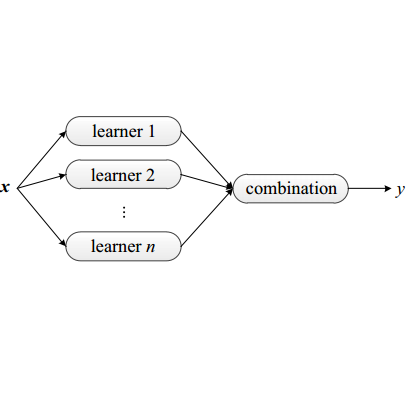Graph-based semi-supervised learning methods, which deal well with the situation of limited labeled data, have shown dominant performance in practical applications. However, the high dimensionality of hyperspectral images (HSI) makes it hard to construct the pairwise adjacent graph. Besides, the fine spatial features that help improve the discriminability of the model are often overlooked. To handle the problems, this paper proposes a novel spatial-spectral HSI classification method via multiple random anchor graphs ensemble learning (RAGE). Firstly, the local binary pattern is adopted to extract the more descriptive features on each selected band, which preserves local structures and subtle changes of a region. Secondly, the adaptive neighbors assignment is introduced in the construction of anchor graph, to reduce the computational complexity. Finally, an ensemble model is built by utilizing multiple anchor graphs, such that the diversity of HSI is learned. Extensive experiments show that RAGE is competitive against the state-of-the-art approaches.
翻译:以图形为基础的半监督的学习方法非常适合有标签的数据的情况,这些方法在实际应用中表现出主要性能。然而,超光谱图像的高度维度使得很难构建对相相相图。此外,帮助改进模型差异性的细微空间特征往往被忽视。为了处理问题,本文件提议通过多颗随机锚图组合学习(REGE)来采用新的空间光谱HSI分类方法。首先,采用本地二进制模式来提取每个选定频段的描述性特征,这些特征保存着一个区域的本地结构和微妙变化。第二,在建造锚图时引入了适应性邻居任务,以减少计算的复杂性。最后,通过多锚图构建了一个共性模型,这样就可以了解HSI的多样性。广泛的实验表明,RAGE与最先进的方法相比具有竞争力。



